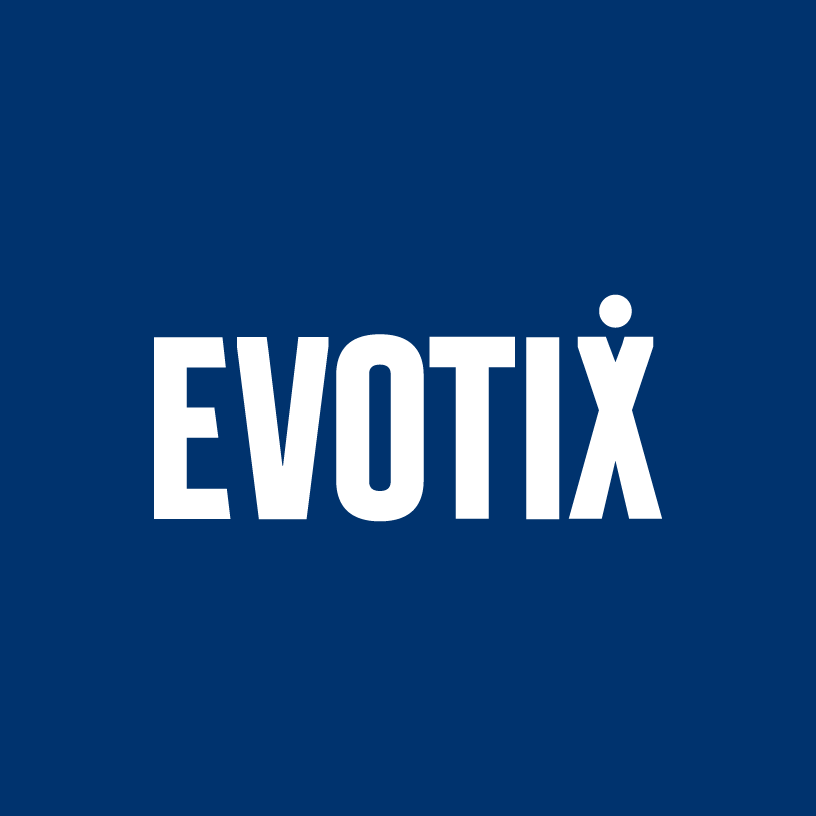Contents
Understanding Psychosocial Risks in Workplace Safety
21 August 2025
Workplace safety is placing an increasing emphasis on psychosocial risks and hazards. Notably, factors like job stress and burnout have emerged as focal points, demonstrating direct links to employee absence, reduced productivity and elevated turnover rates.
Psychosocial assessments and reporting tools are emerging as a crucial solution to promptly address these issues. But what exactly are psychosocial workplace risks, and how can organizations use these new tools to revolutionize employee well-being? Let's take a closer look below.
What Are Psychosocial Workplace Risks?
According to the Institute of Occupational Safety and Health (IOSH), the term psychosocial refers to the “inter-relationships between individuals’ thoughts and behaviors and the social environment.” In the context of occupational health and safety, IOSH states that “Psychosocial hazards are anything in the design or management of the work or the working environment that could increase the risk of an adverse reaction, which can lead to work-related stress, exacerbates non-work-related stress or affects workers’ health and well-being.”
You may also hear the term “psychosocial risk,” which refers to the likelihood that these hazards will lead to negative outcomes and “psychosocial risk factors”, which are any underlying organizational factors that contribute to the presence of hazards.
Physiology of Stress
To fully grasp the impact of psychosocial risks, it's essential to understand how stress affects the body.
While short bursts of stress are natural, prolonged or chronic stress can have serious consequences for physical and mental health. Stress triggers a survival response that redirects blood flow away from the digestive system toward upper body muscles, preparing the body for action. This slows down digestive processes and impacts the gut, where approximately 90% of the immune system resides.
When stress persists beyond its natural short-term window, usually around ten minutes, it begins to compromise immune function and overall health. Over time, this can contribute to the development of mental illnesses, like anxiety or depression, and increased physical health vulnerabilities. When workplace stressors keep employees in a heightened state beyond the body’s natural short-term response, it can begin to disrupt immune function and overall health. This increases the risk of workplace injuries, absenteeism, reduced productivity and potential long-term disability, all of which can have significant implications for organizational performance.
For more information and to get tips on how to deal with stressful workplace situations, listen to Episode 255 of our podcast: From Stress to Safety: Redefining Health Priorities in the Workplace Pt. 2.
Common Psychosocial Risks and Hazards at Work
Examples of mental and social influences on the workplace can include:
-
Work demands
-
Low job control
-
Poor support
-
Lack of role clarity
-
Poor organizational change management
-
Inadequate reward and recognition
-
Poor organizational justice
-
Traumatic events or materials
-
Remote or isolated work
-
Poor physical environment
-
Violence and aggression
-
Bullying
-
Harassment, including sexual harassment
-
Conflict or poor workplace relationships and interactions
Identifying Psychosocial Risk at Your Organization
Identifying psychosocial risks can be difficult, as they are often invisible and hard to measure. Nevertheless, organizations must establish robust policies, procedures and support mechanisms for employees navigating these challenges.
Empathetic leadership plays a critical role in this process. Leaders who demonstrate genuine concern for employee well-being encourage a positive working environment, open dialogue and trust. Leadership should actively participate in regular check-ins, model healthy behaviors and support mental health initiatives.
Another effective method is conducting anonymous surveys, which allow employees to share honest insights about stress, burnout and workplace culture without fear of retaliation. These surveys can uncover hidden issues, such as toxic behaviors or poor management practices, and help leaders make data-driven decisions to improve organizational health.
Global Response To Psychosocial Hazards
Regulatory bodies across the globe are actively responding to an increasingly amount of mental health challenges:
-
United States: California has a law that requires employers with 50 or more employees to provide mental health services.
-
United Kingdom: The Health and Safety at Work Act 1974 requires employers to take steps to protect the health and safety of their employees. This includes protecting employees from psychosocial risks.
-
European Union (EU): Member states like Sweden, Belgium and Denmark are aligning their approaches with the general preventative principles outlined in Directive 89/391/EEC.
-
Australia: The Occupational Health and Safety Act 2000 requires employers to take steps to eliminate or minimize psychosocial risks to the health and safety of their employees. Safe Work Australia's also introduced a model WHS laws and guidance, aligning with the release of ISO45003:2021. This international standard provides comprehensive guidance on managing psychosocial risks and promoting well-being within the workplace.
-
Brazil: Brazil has a law that requires employers with more than 100 employees to provide mental health services.
-
India: Several state laws address psychosocial issues. For example, the Maharashtra government has issued a notification that requires all employers with 100+ employees to provide mental health services.
-
Mexico: The Federal Labor Law requires employers to conduct a psychosocial risk assessment in workplaces with 50+ employees.
How To Manage Psychosocial Risks and Hazards
Utilize Safety Training
Equipping employees with the skills to manage stress is a proactive way to reduce psychosocial risks in the workplace. Stress management workshops can empower individuals with practical techniques such as mindfulness and breathing exercises that help them navigate stress more effectively. Additionally, training programs that teach employees how to recover from high-stress incidents, such as de-escalation techniques, can significantly reduce the lingering effects of acute stress.
Invest in Digital EHS Solutions
A comprehensive psychosocial management tool enables organizations to integrate psychosocial risk data with metrics from hazard identification, risk registers and incident management. This holistic approach allows safety teams to view psychosocial factors in context, uncover correlations between mental health risks and physical safety incidents and respond more effectively.
Measure Success With Data
Metrics such as employee engagement scores, turnover rates and mental health-related leave offer valuable insights into lingering stress levels. Monitor survey participation and sentiment trends to uncover emerging issues that may be affecting workplace psychosocial risk factors. Additionally, track the frequency and outcomes of incident reports related to psychosocial hazards to assess the effectiveness of interventions.
Make sure to regularly review these insights and take meaningful action by making necessary changes to policies, practices and support systems to ensure continuous improvement.
Are you doing enough to protect your workers' mental health? To learn more about how to stay on top of psychosocial risks, check out our Psychosocial Hazard Management solutions page below.

RELATED BLOGS

How Can EHS Professionals Use Strategic Communication Skills?
6 December 2023 - Team Evotix
Every EHS expert knows that communication goes beyond simply conveying rules and regulations. It’s about forging connections, establishing camaraderie and understanding and driving change.

The Importance of Continuous Learning for EHS Professionals
19 September 2023 - Team Evotix
Between hard hats with proximity sensors, warehouses with robots and AI systems monitoring construction sites, there’s never been a more exciting time to work in the fast-evolving environment, health..

Leveraging Safety as a Catalyst for Industry Change
26 October 2023 - Team Evotix
For decades, safety management has been a key component of the corporate landscape. Legislation designed to keep workers and the public safe from harm has driven incident numbers down dramatically...
